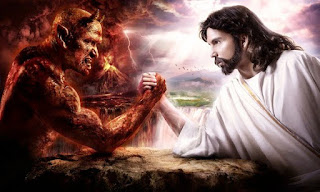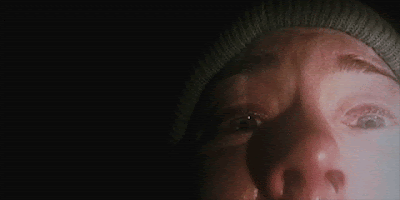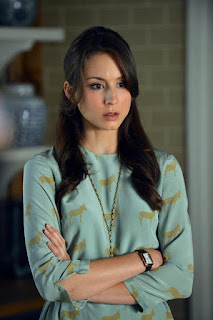Binary Oppositions (Theory)
Binary Oppositions
The theory states that the way we understand certain words depends not so much on the meaning they themselves directly contain, rather, it is influenced by our understanding of the difference between this word and its binary opposite. The meaning assigned to a word is culturally constructed so a word has more meaning when u consider its opposite, and the connotations of the word brings more meaning than the word itself. for example the words "hero" and "coward" are binary opposites and using one with the other provides some of the core meaning, and each meaning is shaped by the opposite.In application to media texts, film plots use sets of binary oppositions frequently in the horror genre.Examples of Binary Oppositions:
- Good vs Evil
- Sane vs Insane
- Rational vs Irrational
- Human vs Supernatural
- Strong vs Weak
- Civilized vs Savage
- Young vs Old
- Man vs Age
- Man vs Woman
- Good Looking vs Ugly
- Vampire vs Werewolf

Good vs evil
Many films, no matter the genre, feature the key theme of good versus evil. This is so common because it entices the audience into an ongoing show down between the antagonist and protagonist. An example is Harry Potter where this idea is employed throughout the whole film series. The audience expects to see the good triumph and the bad to be defeated or destroyed. We used this idea in our own film opening, clearly establishing the difference in morals between the two characters. This may be done through clothing. For example our female protagonist is seen wearing bright and lighter colours, connoting purity and innocence and therefore establishing her as the 'good' victim. In contrast to this, the protagonist is wearing dark clothing, making him appear to be much more sinister and mysterious. This further establishes him as the 'bad' character coupled with the use of eerie music and disorientating camera movements.
Young vs Old
This theme is often used in the horror and slasher genres because this genre tends to be aimed at a younger target audience, and therefore featuring young characters will attract the viewers more. The killer or masked figure tends to be older and this establishes the antagonist as a character that is out of place and adds to the sense of fear. This is juxtaposed with the idea of the victims being younger adults or in their teenage years. This could also relate to the final girl theory of the victims being young and not pure in contrast to the innocent survivor at the end. Coupled with this is the idea of setting and a convention of slashers being set in a typical everyday are such as a residential street. This further allows the audience to relate the to the younger victims more and adds to the shock factor if they are killed.
We incorporated this idea into our own film opening by featuring our protagonist as a teenager and the antagonist as an adult. This further adds dramatic impact to her death.
Male vs Female
Again, this theme is common in horror genres. In many slasher films such as Psycho, Friday the Thirteenth and Halloween, the killer is a male. This is because in terms of motivation, the killer tends to be inherently evil but are also driven by some previous experience in their life with women, especially their mother. It is therefore argued that this genre is misogynistic because women are seen as weak and are often sexualised.
In our film opening, we explored this idea and used the conventions by featuring the killer as a male and this made the female victim seeming more vulnerable.





Comments
Post a Comment